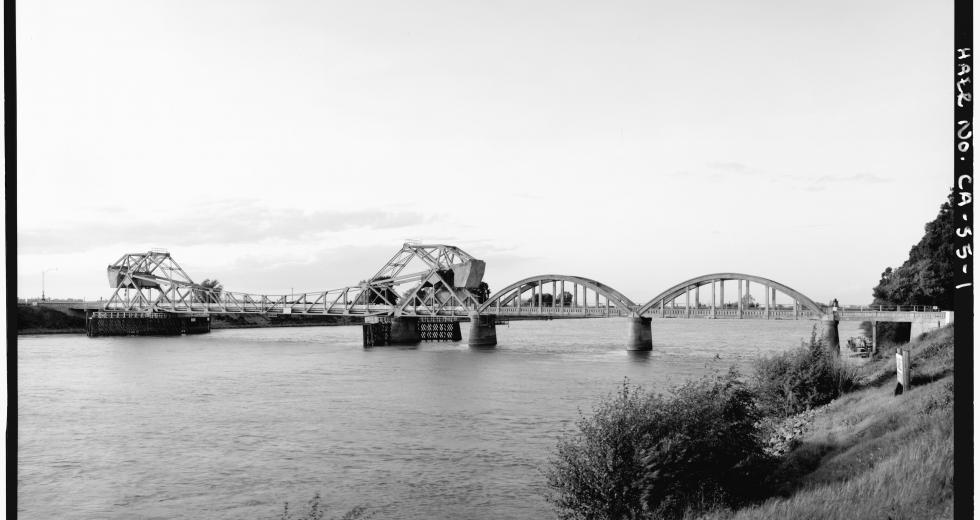Isleton dates back to 1874 when Josiah Pool established the town in the Sacramento-San Joaquin River Delta and constructed a wharf for steamboats that stopped twice daily on routes between San Francisco, Sacramento and Marysville. Meanwhile, Chinese laborers built the levee system that transformed the Delta’s peat soil into fertile farmland.
Some 880 Chinese lived in Isleton in 1880 and established a downtown with restaurants, boarding houses, gambling halls, brothels and schools, but the Chinese Exclusion Act of 1882 halted the influx of these workers, and American businesses filled the void with Japanese laborers. In the early 1900s, Chinese and Japanese farm laborers drove the Delta’s asparagus and pear booms.
Related: Can fresh faces and new initiatives help rural Isleton thrive again?
Related: Isleton City Manager Charles Bergson on revitalization
Isleton incorporated as a city in 1923, and its population peaked in 1930 with 2,090 people. Residents even returned after a massive fire in 1915 ravaged downtown. Then in 1926, another fire tore through its entire Asian-American district; the townsmen were out fishing, and the fire hydrants were rusted shut. In the end, 110 buildings were destroyed. But residents again rebuilt.
During the Great Depression, new railroad and highway routes bypassed Isleton and river traffic slowed, and after the bombing of Pearl Harbor, the city’s entire Japanese-American population was incarcerated — most of these residents never returned. Filipino and Mexican laborers replaced interned Japanese farmworkers. Following World War II, the shift to large-scale agriculture in the U.S. led to out-migration from the Delta, and Isleton’s last cannery closed in 1966.
In 1972, Isleton was struck with another disaster when a levee failure flooded thousands of acres of agricultural land and more than half the city, forcing the months-long evacuation of many residents. The entire city lies within a 100-year flood zone, and protecting the area from flooding remains a top priority in Isleton’s general plan.
Nowadays, the leading employment industries are construction at 19 percent; arts, entertainment, recreation, accommodation and food service at 17 percent; and agricultural, forestry, fishing, hunting and mining at 14 percent. Isleton’s population has steadily declined since its peak in 1930, hovering around 800-850 residents since 1990. Most of the Asian population is now gone.




Comments
I am trying to find out exactly where Isleton's dumping grounds were for residents and business in the late 1800's early 1900's. Thank you